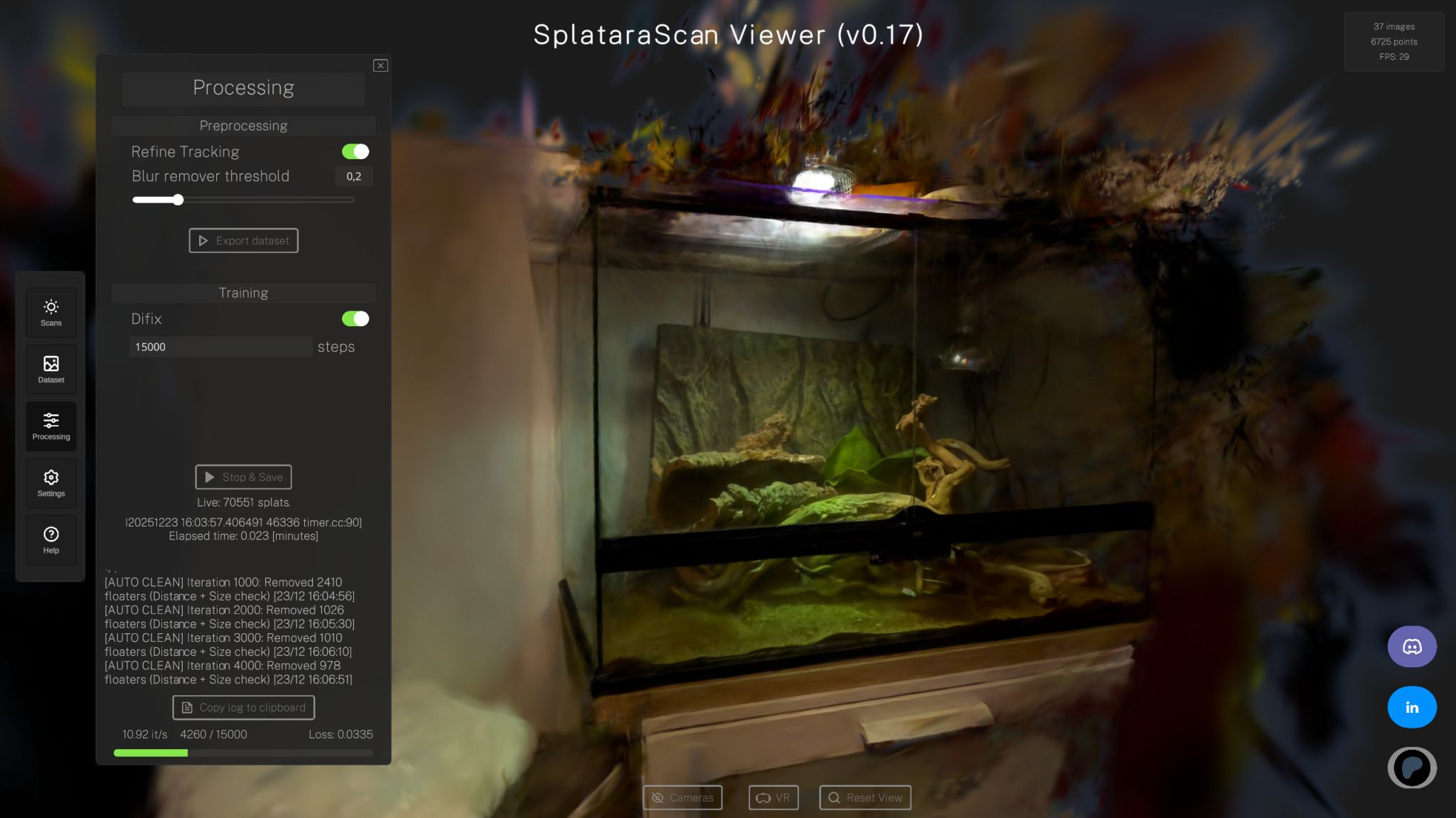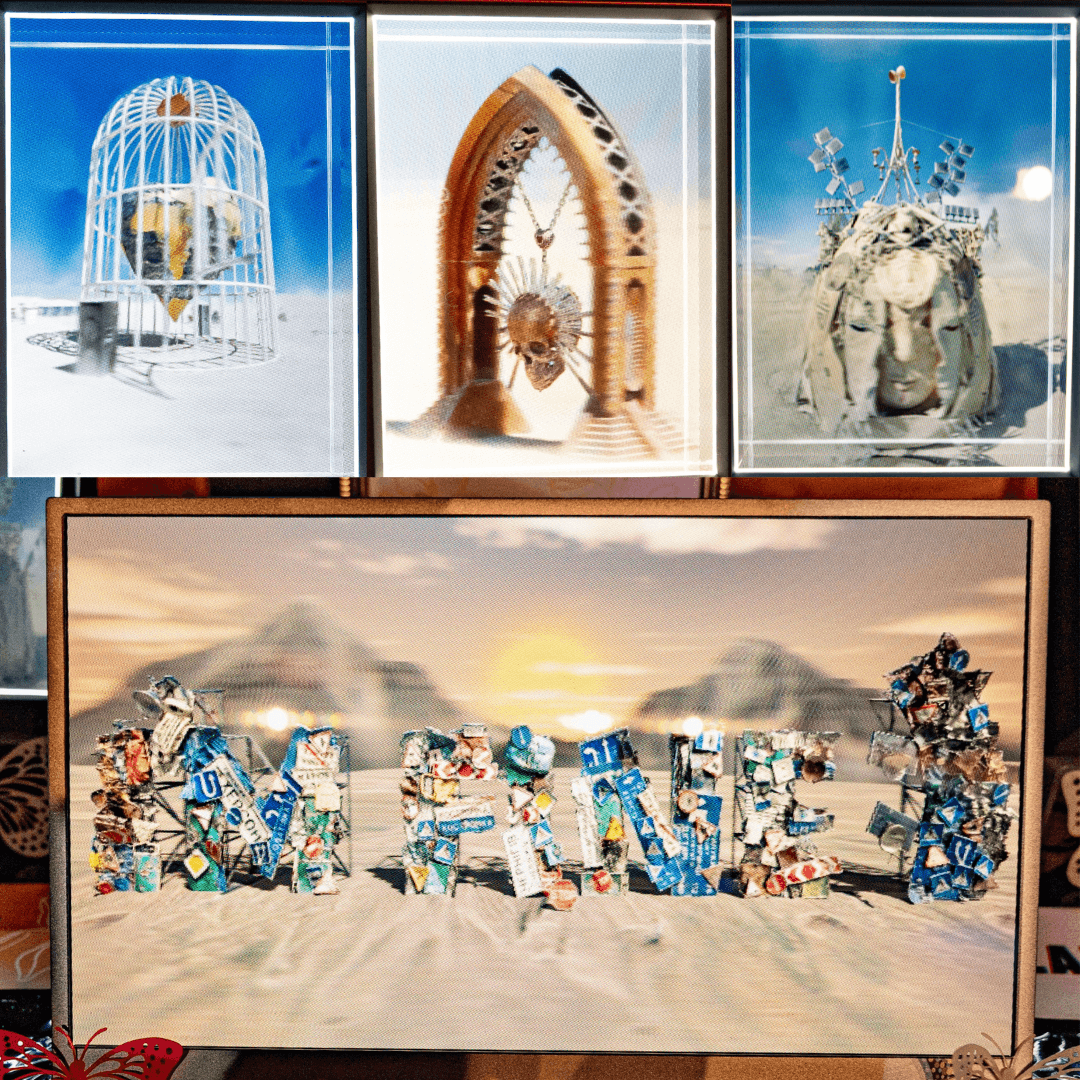
Michael Rubloff
Oct 22, 2025
It’s been no secret that Google has been quietly weaving radiance field representations into Google Maps, particularly through its Immersive View interiors. These experiences have long hinted at the company’s ambitions for lifelike, navigable 3D environments. But until now, exploration was mostly confined to pre rendered flythroughs. You could watch as the camera glided through a restaurant, bar, or coffee shop, but you couldn’t actually step inside and look around for yourself.
That’s about to change. In Samsung’s recent XR announcement, developed in partnership with Google, the two companies showcased a new way to experience these environments. Fully explorable, real time Gaussian Splatting captures, integrated directly into the headset. Instead of static flythroughs, users will be able to move freely through restaurants, coffee shops, and bars, walking around as if they were actually there. The scenes appear to be rendered in real time on device, preserving the photorealism of Google’s Immersive View while giving users an entirely new level of spatial presence.
Perhaps even more significant is the scale. According to the presenter, this isn’t a limited demo. It extends across the entire Immersive View suite, with over 1,000 locations in Manhattan alone already available in lifelike 3D. What was once an experimental peek at radiance field technology inside Google Maps is now being positioned as a major pillar of its XR ecosystem.
For those familiar with Gaussian Splatting, the shift makes perfect sense. The technique has proven capable of reconstructing large, complex real world scenes with exceptional fidelity and efficiency, making it ideal for immersive, device side rendering. The scenes shown during the Samsung XR announcement carry all the hallmarks of a radiance field based pipeline, view dependent effects and the actual splats themself. While Google hasn’t explicitly confirmed its use of Gaussian Splatting, the visual cues and performance characteristics are hard to mistake.
It’s an important milestone, not just for Google Maps but for radiance field technology as a whole. Lifelike 3D locations are no longer confined to research demos or niche applications, they’re becoming part of mainstream platforms and devices. Combined with other spatial ecosystems like Meta’s Hyperscape, this signals a clear trajectory: real world capture and representation are converging with consumer XR at scale.
The Samsung XR headset itself is slated to launch in 2025, positioned between Meta’s Quest line and Apple’s Vision Pro in both capability and price, starting at around $1,799. The device runs on Google’s Android XR platform, with both companies emphasizing openness and cross device accessibility, meaning that Immersive View and other radiance field powered experiences could eventually extend beyond Samsung’s hardware alone.
For now, details remain sparse, but the direction is unmistakable. Google Maps’ Immersive View, once seen as a novel visualization tool, is evolving into a living network of real world 3D environments you can actually explore. And for the radiance field community, it marks a pivotal moment where years of research in neural rendering and Gaussian Splatting are beginning to shape how the public experiences the physical world in digital form.
More information on the Samsung XR headset and its integration with Google Maps can be found on Samsung’s official website and Google’s blog.







